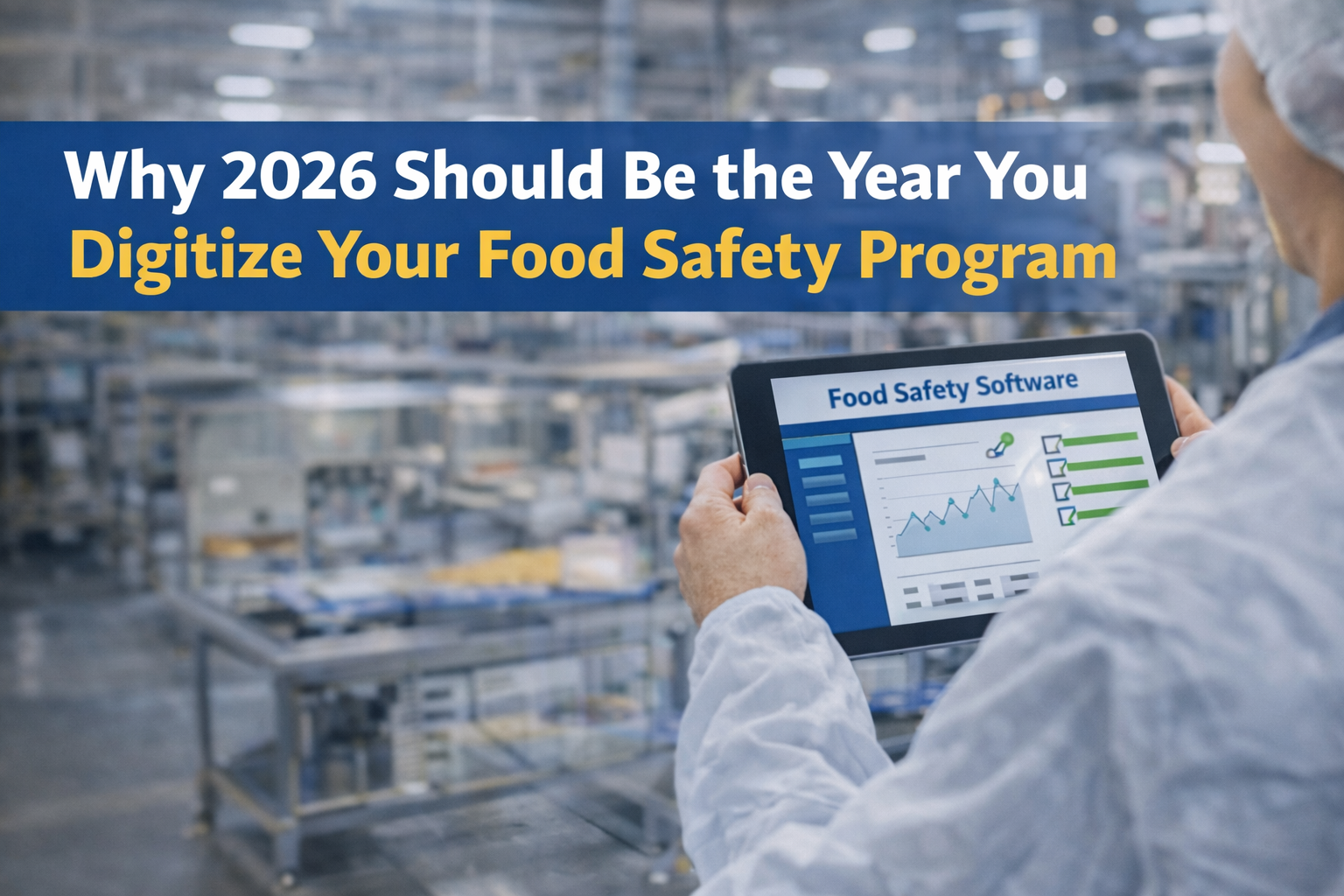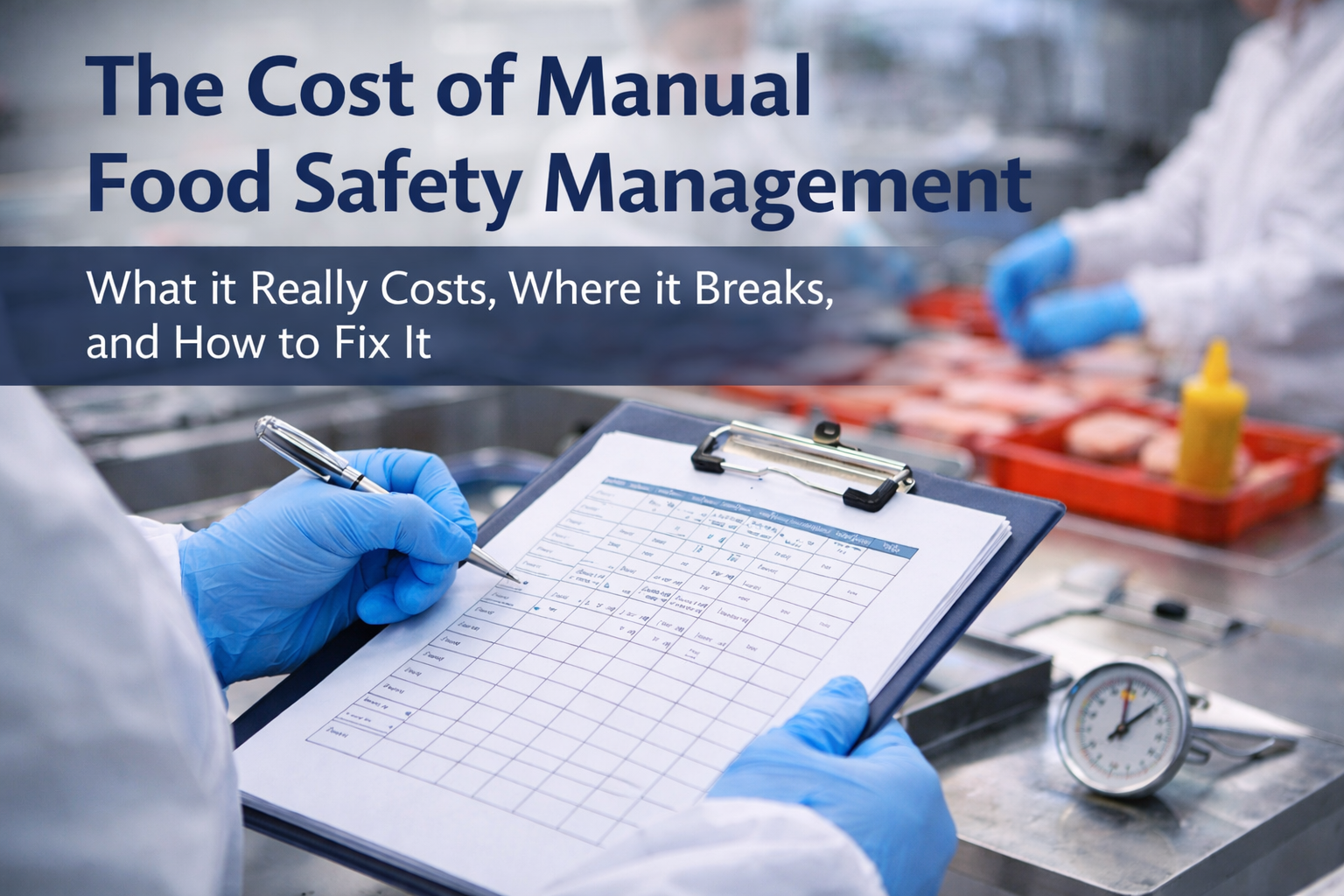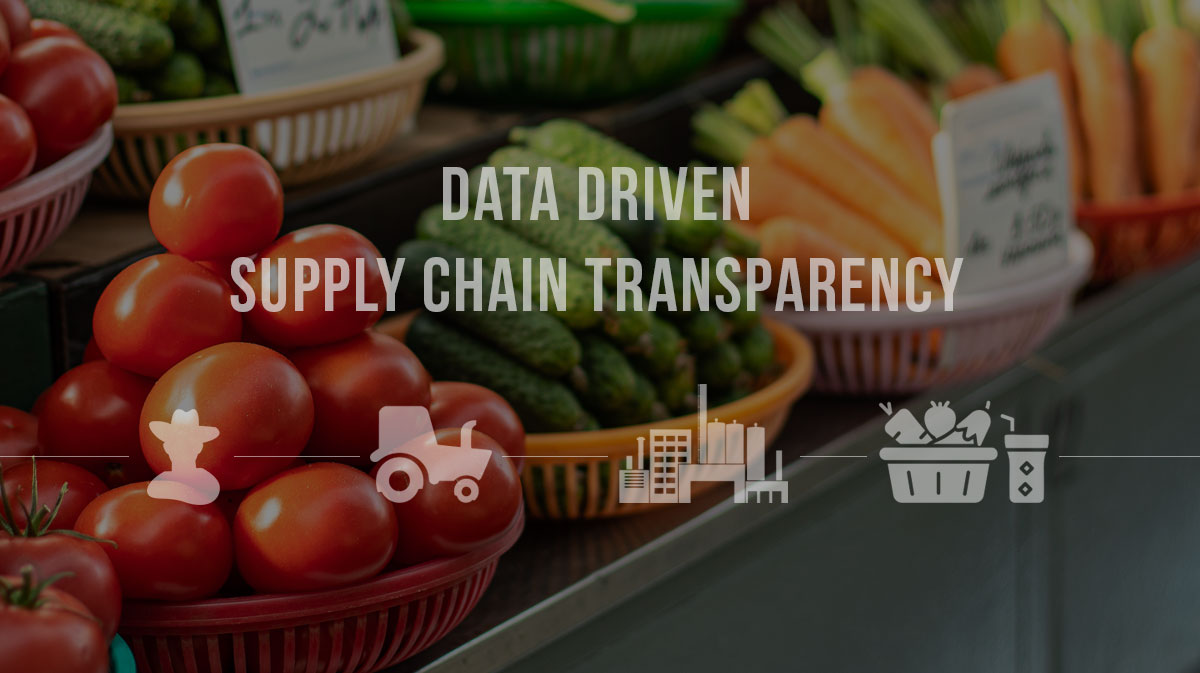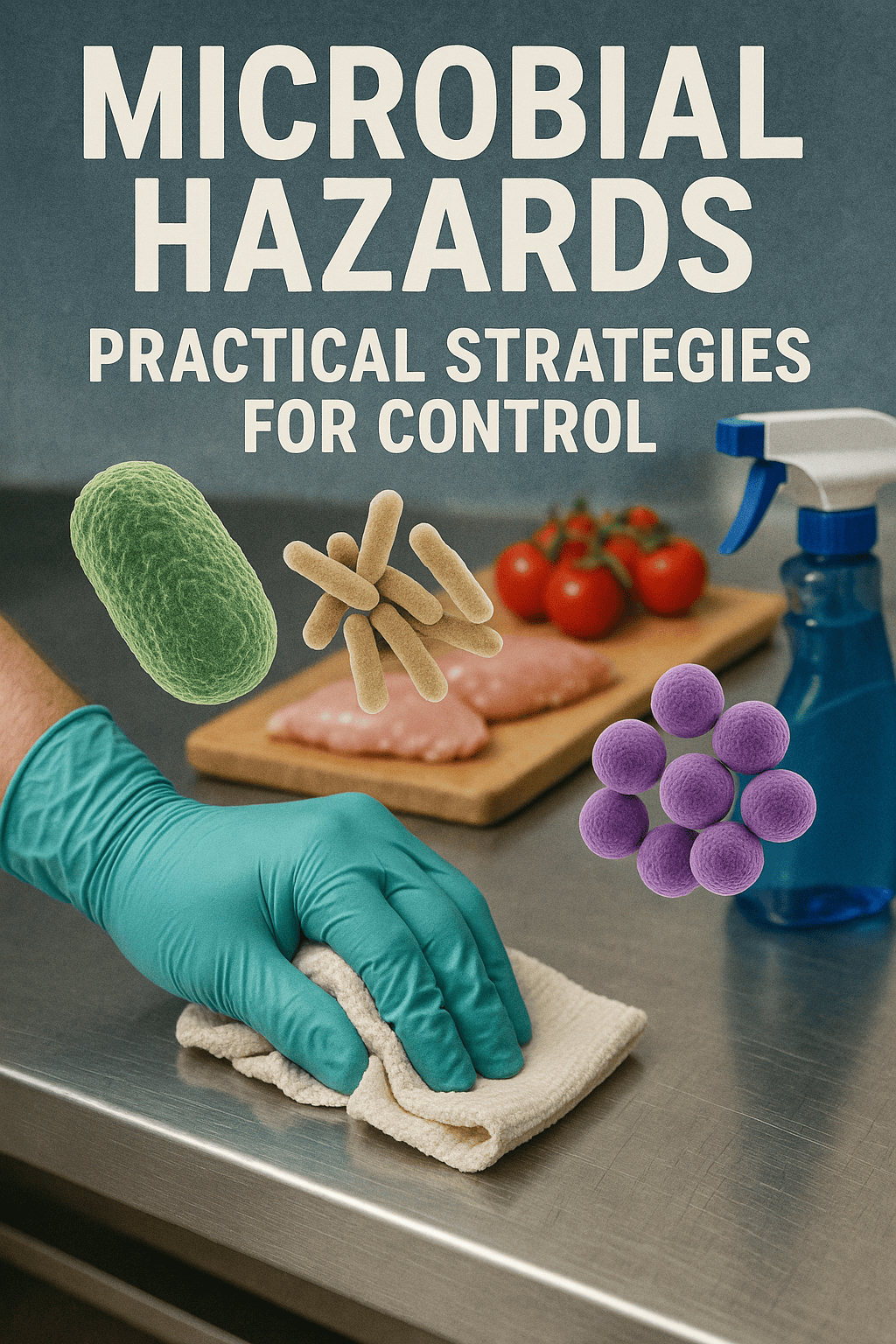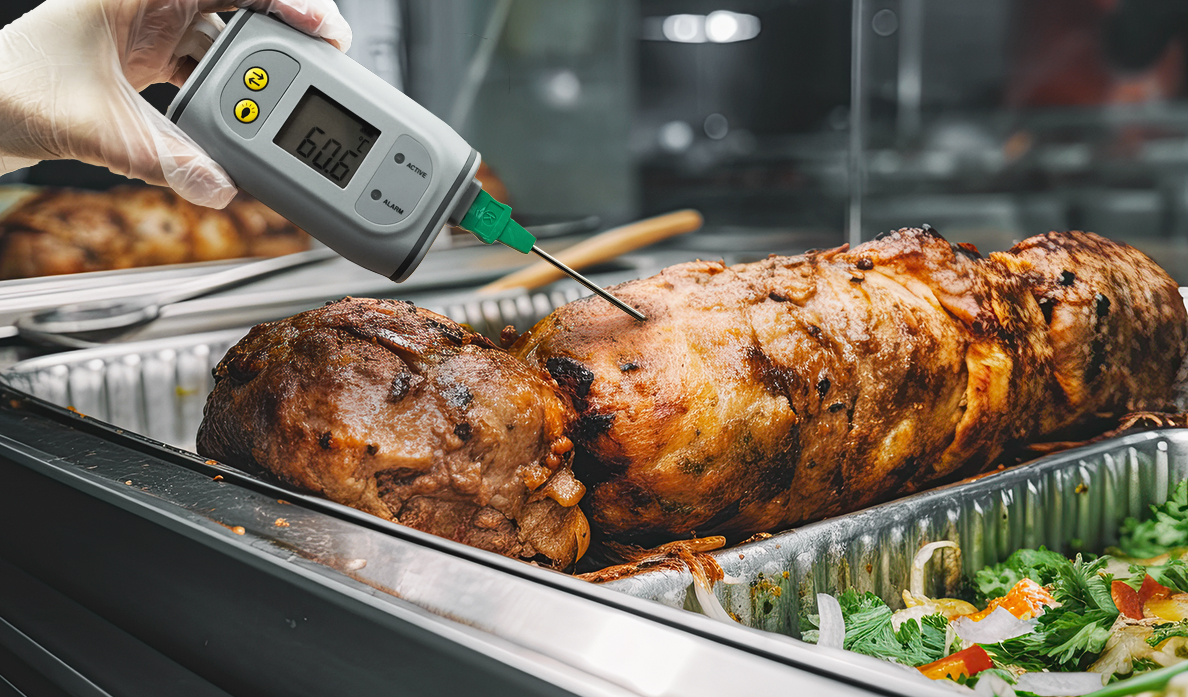When conducting a hazard analysis, you identify and evaluate all hazards that present a risk of contamination of the food, and you determine how you control these hazards.
Types of hazards
To identify hazards, you need to understand the types of hazards that your food business needs to control:
- biological hazards
- chemical hazards
- physical hazards
Biological hazards include microorganisms such as bacteria, viruses, parasites, fungi and moulds. Some microorganisms, such as Salmonella spp., Listeria monocytogenes, Bacillus cereus, E. coli O157:H7 and Campylobacter jejuni are pathogenic and able to cause foodborne illnesses. Other microorganisms, such as Clostridium botulinum and Staphylococcus aureus, produce harmful toxins. Botulism in particular can have severe health consequences.
Examples of sources of biological hazards include:
- incoming ingredients, including raw materials
- cross-contamination in the processing or storage environment
- employees
- food contact surfaces
- the air
- water
- insects and rodents
Chemical hazards may occur naturally or may be introduced during any stage of food processing. For example, allergens may be introduced either by being present in an ingredient or a component of an ingredient, or through cross-contamination during processing.
Examples of chemical hazards include:
- chemicals intentionally used in food processing such as processing aids, food additives
- chemicals that are by-products of processing such as nitrosamines, chloramines
- chemical contamination from equipment such as lead-soldered seams
- industrial chemicals such as cleaning agents, oils, gasoline, lubricants, ammonia
- naturally occurring toxicants such as products of plant, animal or microbial metabolisms, including mycotoxins, histamines, marine biotoxins
- agricultural chemicals such as pesticides, antibiotics, fungicides, rodenticides, algicides, fertilizers
- nutrients such as over-addition of vitamins and/or minerals
- food allergens such as peanuts, tree nuts, sesame seeds, milk, eggs, fish, crustaceans, shellfish, soy, mustard and wheat, sources of gluten and sulphites
Physical hazards in food include many types of unwanted materials that may be introduced anywhere along the food chain, from primary production up to and including the consumer. Unwanted materials can be introduced by anything or anyone coming in contact with the food, such as people who handle the food, or during processing, transportation or storage. The unwanted materials are considered to be hazards if they can result in illness or injury to anyone who consumes the food.
Examples of physical hazards include:
- bone or shell fragments, hair or feathers from animal products
- stones, rocks and dirt (commonly found in fruits, vegetables and other foods that are grown close to the soil)
- metal (commonly associated with processing activities such as cutting, slicing or grinding operations, as well packaging materials or containers such as metal shards, staples and nails)
- jewellery and personal items (resulting from poor food handling practices)
- glass or other contaminants from packaging materials or containers, or from the processing environment, for example, uncovered light fixtures
- wood splinters from broken pallets or packaging material
- flaking paint from overhead structures or equipment
- insect pieces
Checkout in the video tutorial below how our algorithm works as your food safety assistant to create a hazards analysis for Ingredients and Incoming Materials:
https://youtu.be/TiLq3gkUM3s



